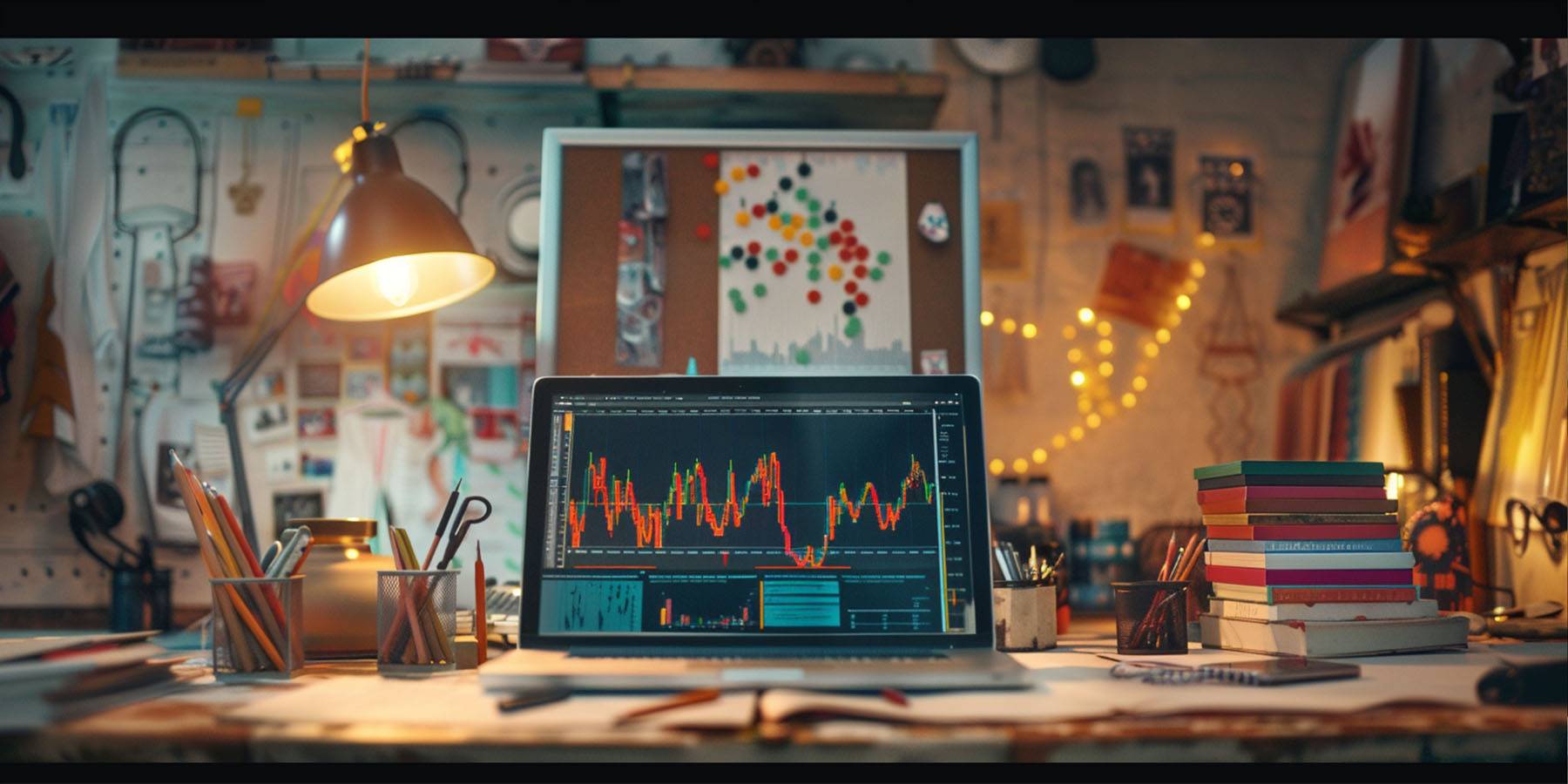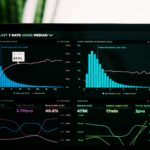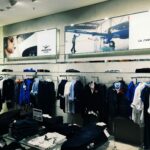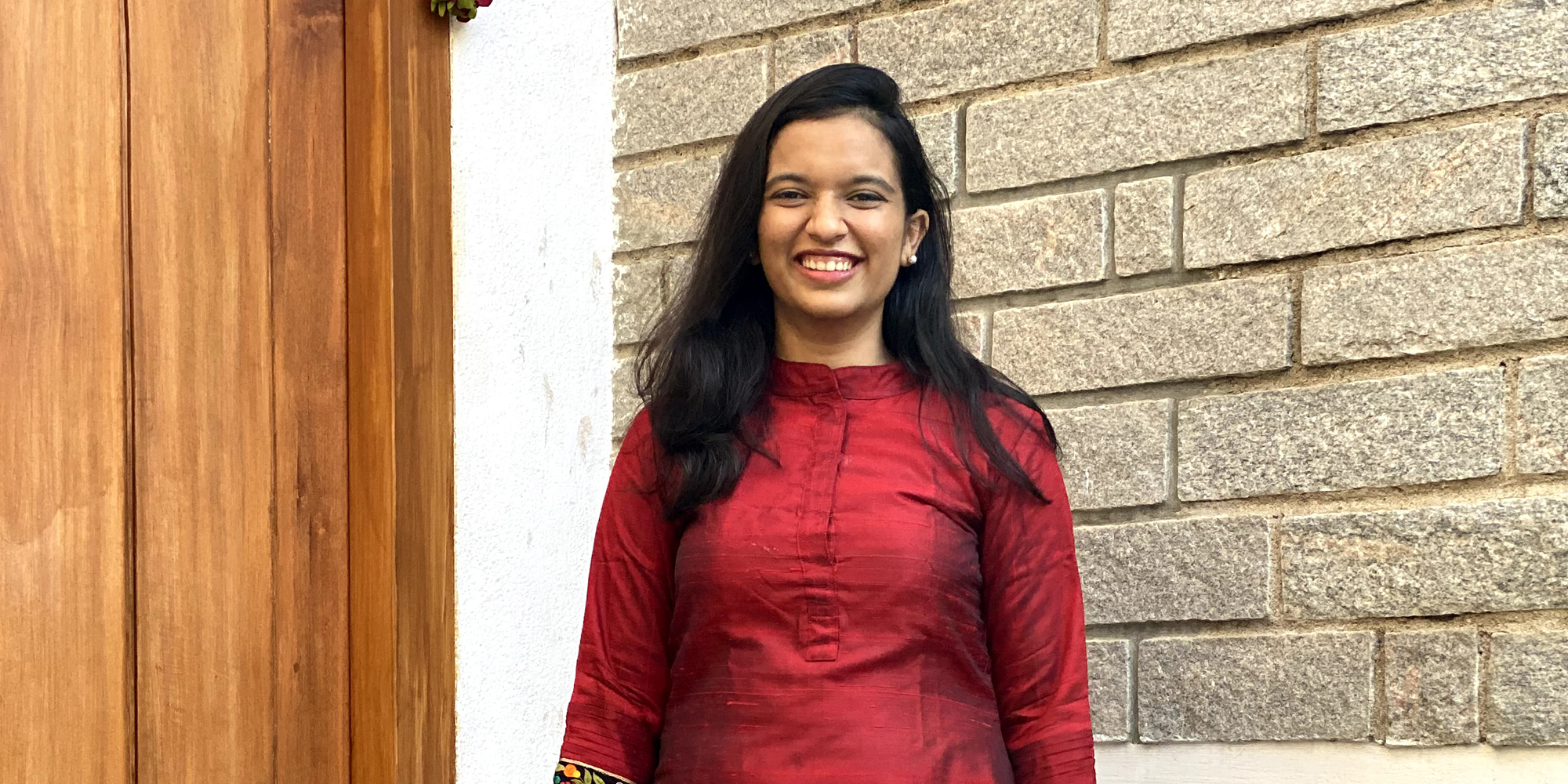In the ever-evolving landscape of the fashion industry, measuring success isn’t just about the glitz and glamour of runway shows or the number of followers on social media. It’s about understanding the tangible impact that fashion features have on brand awareness and, ultimately, sales. From haute couture to street style, every fashion feature serves as a strategic tool for brands to connect with their audience and drive business growth. But how do you quantify this impact? What metrics should you consider to evaluate the effectiveness of your fashion features? This article delves deep into the metrics for evaluating the impact of fashion features on brand awareness and sales, providing insights that every fashion marketer and brand strategist should know.
The Evolution of Fashion Metrics
Gone are the days when success in the fashion industry was solely measured by magazine covers and celebrity endorsements. Today, with the rise of digital media and e-commerce, fashion brands have access to a wealth of data that can help them gauge the effectiveness of their marketing efforts. From website traffic to social media engagement, these metrics offer valuable insights into consumer behavior and preferences. However, with so many metrics to choose from, it’s essential to focus on those that are most relevant to your goals.
Brand Awareness Metrics
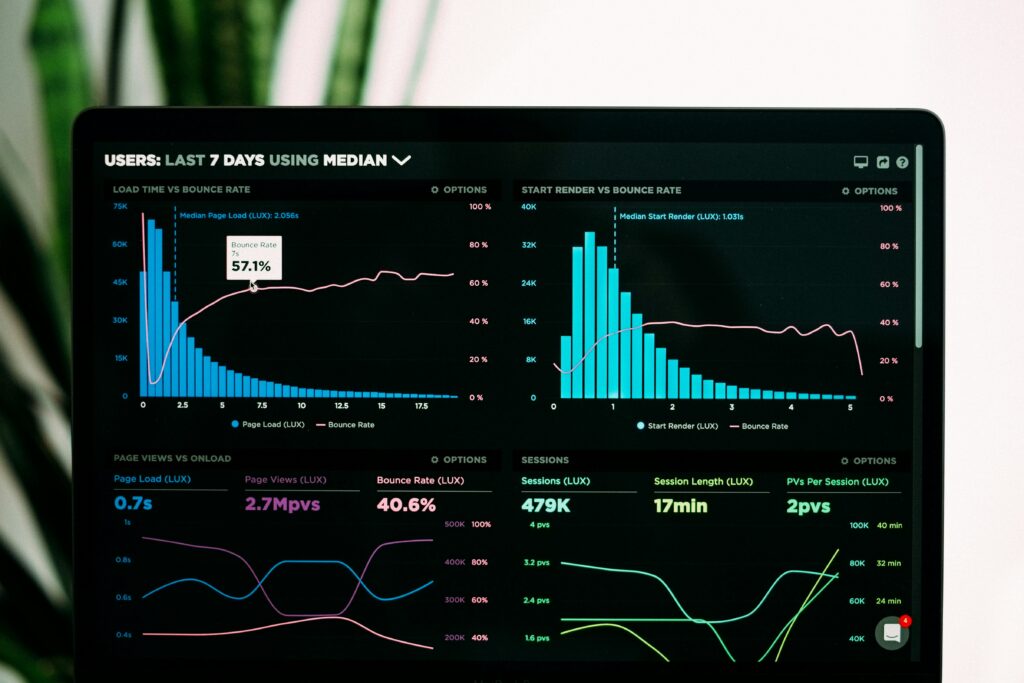
Brand awareness is the foundation upon which successful fashion brands are built. It encompasses the extent to which consumers are familiar with and recognize a particular brand. In the digital age, brand awareness can be measured through various metrics, including:
Social Media Reach and Engagement
Social media platforms like Instagram, Facebook, and Twitter play a pivotal role in shaping brand perception and reach. Metrics such as followers, likes, comments, and shares provide valuable insights into the level of engagement with your brand’s content. Additionally, tracking hashtag mentions and user-generated content can help gauge the organic reach of your brand within the social media landscape.
Media Mentions and Press Coverage
Traditional media outlets, as well as fashion blogs and online publications, contribute to brand awareness through editorial coverage and product placements. Tracking media mentions and press coverage can help assess the reach and impact of your brand’s messaging beyond owned channels.
Search Engine Visibility
Optimizing your brand’s online presence for search engines can significantly impact brand visibility and awareness. Metrics such as organic search traffic, keyword rankings, and backlink profile can provide valuable insights into the effectiveness of your SEO strategies in driving brand discovery.
Sales Metrics
While brand awareness lays the groundwork for success, ultimately, fashion brands are in the business of selling products. Therefore, it’s crucial to track metrics that directly impact sales performance. Some key sales metrics to consider include:
Conversion Rate
Conversion rate refers to the percentage of website visitors who take a desired action, such as making a purchase or signing up for a newsletter. By monitoring conversion rates across different channels and campaigns, brands can identify areas for improvement and optimize their marketing efforts to drive sales.
Average Order Value (AOV)
AOV measures the average amount spent by customers in a single transaction. Increasing AOV can significantly impact overall revenue and profitability. By analyzing purchasing patterns and implementing strategies such as upselling and cross-selling, brands can effectively increase their AOV and maximize their sales potential.
Customer Lifetime Value (CLV)
CLV represents the total revenue that a customer is expected to generate over their lifetime relationship with a brand. By focusing on customer retention and loyalty programs, brands can increase CLV and drive long-term profitability. Metrics such as repeat purchase rate and churn rate are indicative of customer loyalty and satisfaction.
Integrating Metrics for Success
While brand awareness and sales metrics provide valuable insights independently, it’s their integration that paints a comprehensive picture of a brand’s success. By analyzing the correlation between brand awareness efforts and sales performance, brands can identify high-impact marketing strategies and allocate resources effectively. Additionally, leveraging data analytics and attribution modeling can help attribute sales to specific marketing touchpoints and optimize marketing spend accordingly.
Driving Success in the Fashion Industry
In today’s hyper-connected world, measuring success in the fashion industry requires a strategic approach that goes beyond superficial metrics. By understanding the dynamics of fashion features and leveraging relevant metrics, brands can effectively evaluate their impact on brand awareness and sales. From social media engagement to conversion rates, each metric offers valuable insights that can inform marketing strategies and drive business growth. By integrating brand awareness and sales metrics, brands can unlock new opportunities for success and establish themselves as leaders in the ever-changing world of fashion.
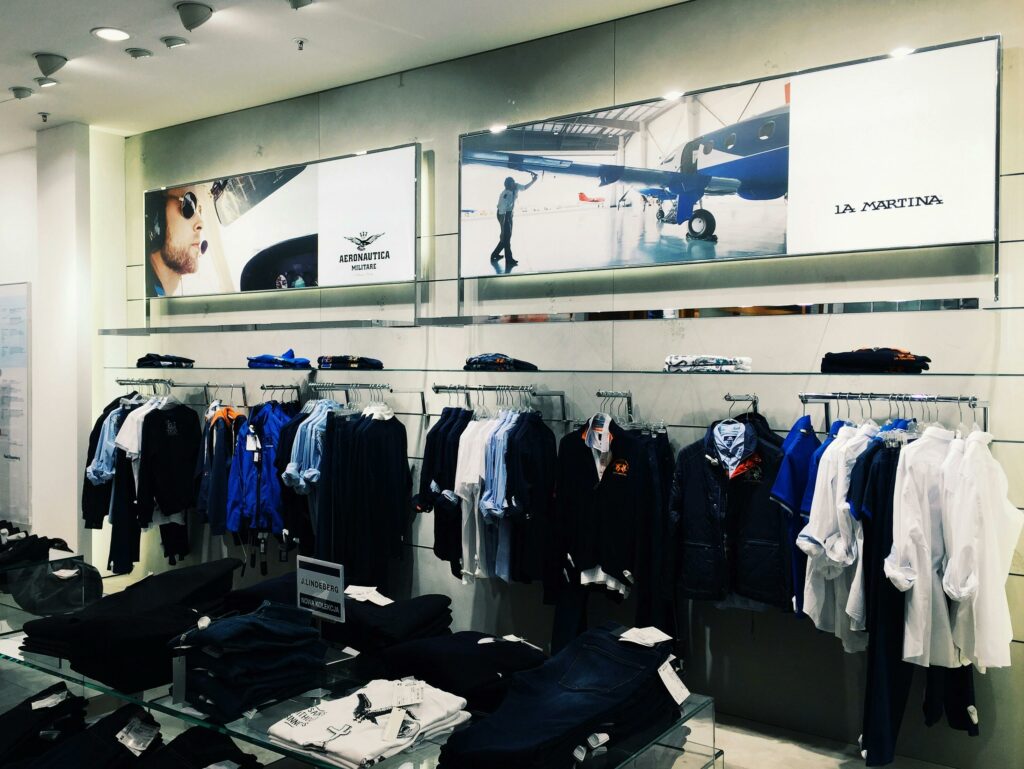
Are you ready to take your fashion brand to new heights? Start by evaluating the impact of your fashion features on brand awareness and sales using the metrics outlined in this article. By leveraging data-driven insights, you can optimize your marketing strategies and drive measurable results. Get started today and unlock the full potential of your fashion brand!

